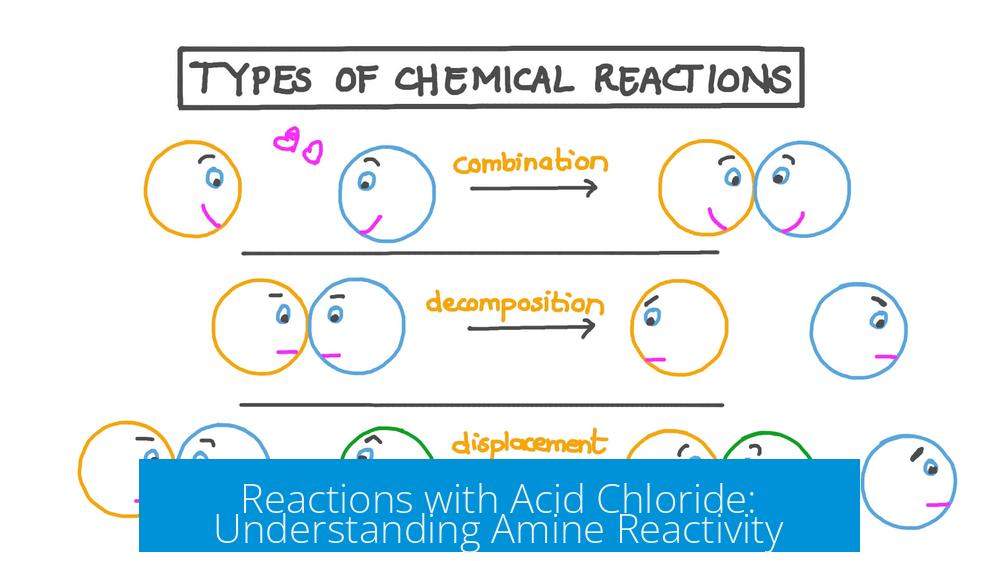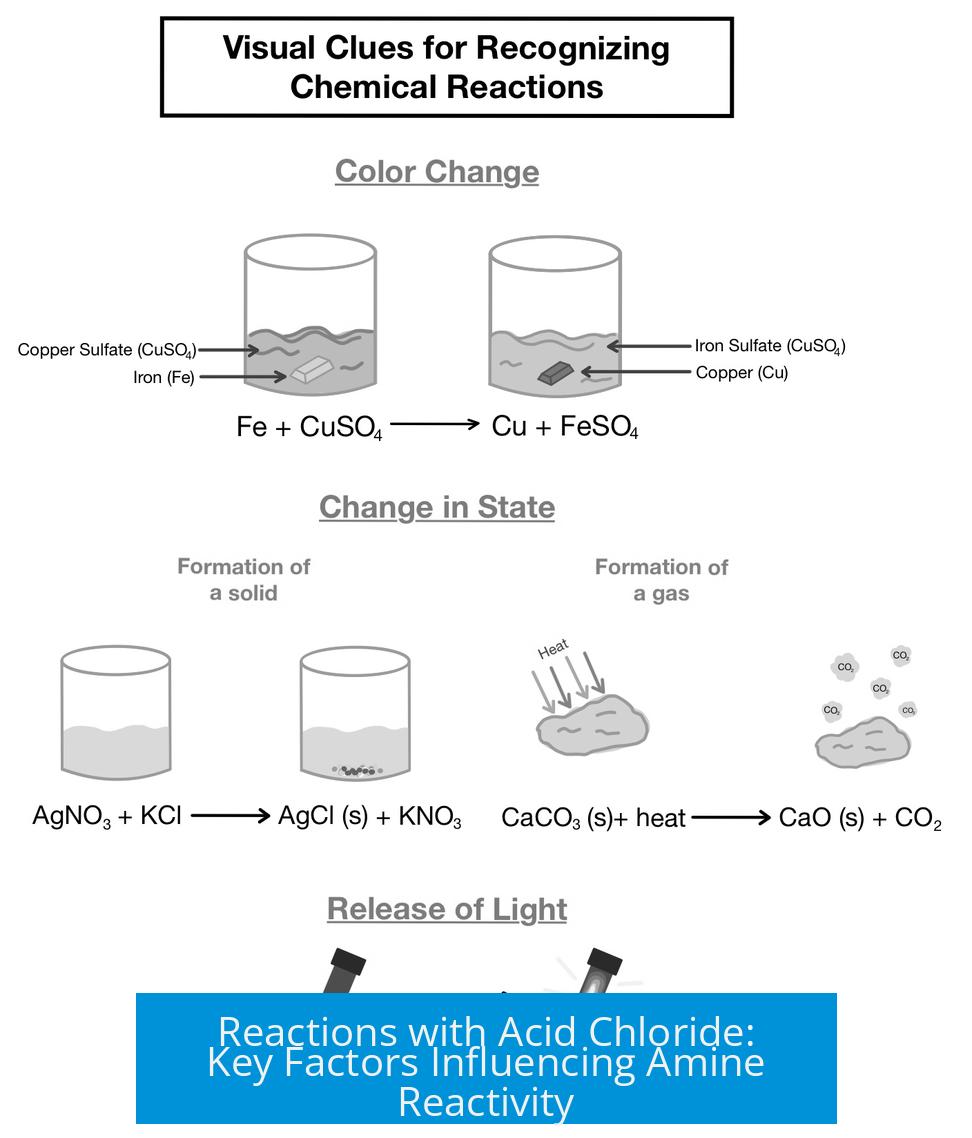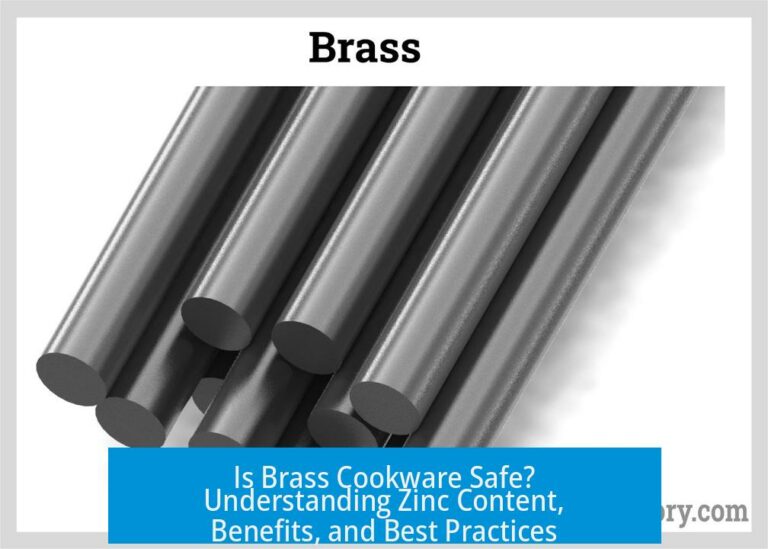Reactions with Acid Chloride: Understanding Amine Reactivity

The reactivity of amine nitrogen with acid chlorides depends on the availability of the amine’s lone pair and the presence of HCl formed during the reaction. Effectively managing these factors ensures the amine can successfully react with acid chlorides to form amides.
Role of the Lone Pair on Amine Nitrogen
Amino groups contain a lone pair of electrons on nitrogen. This lone pair is essential for nucleophilic attack on the electrophilic carbon of the acid chloride. The nitrogen uses its lone pair to form a bond, initiating the substitution that replaces the chloride with the amine group, thus forming an amide.
Effect of HCl on Amine Reactivity
When an acid chloride reacts with an amine, hydrogen chloride (HCl) is released as a byproduct. The HCl protonates some of the free amines, converting them into ammonium ions. Protonated amines lack a reactive lone pair and become unreactive toward acid chlorides. This reduces the amount of nucleophilic amine available for reaction.
Need for Excess Amine
To maintain sufficient reactive amine, an excess amount must be added. The additional amine neutralizes the formed HCl by forming ammonium salts. This keeps a portion of the amine unprotonated and free to react with acid chlorides.
Stoichiometric Considerations
The reaction produces one mol of HCl for every mol of amide formed. At least one equivalent of amine is required to neutralize this HCl. Therefore, the total amine must be at least twice the amount of acid chloride: one portion reacts, and the other portion neutralizes the acid.
| Component | Role | Required Amount |
|---|---|---|
| Acid Chloride | Electrophile | 1 equivalent |
| Amine (reactive form) | Nucleophile, reacts with acid chloride | 1 equivalent |
| Amine (neutralizes HCl) | Neutralizes produced HCl | 1 equivalent |
Summary of Key Points
- Amines react with acid chlorides through their lone pair on nitrogen.
- HCl produced in the reaction protonates amines, reducing their reactivity.
- An excess of amine is necessary to provide unprotonated, reactive species.
- At least two equivalents of amine per equivalent of acid chloride are required—one for reaction and one for HCl neutralization.
What role does the lone pair on amine nitrogen play in reactions with acid chloride?
The lone pair on the amine nitrogen is essential for bond formation with the acid chloride. It attacks the carbonyl carbon to form the amide bond.
Why is excess amine needed when reacting with acid chloride?
Excess amine ensures that some amine remains unprotonated and reactive. This is necessary because HCl forms and protonates some amine, making it unreactive.
How does HCl affect the reactivity of amine in these reactions?
HCl protonates the amine, turning it into an unreactive form. This reduces the amount of amine available to react with acid chloride.
What is the correct stoichiometric ratio of amine to acid chloride in these reactions?
The amine must be at least twice the amount of acid chloride. One equivalent reacts, and one equivalent neutralizes the HCl formed.





Leave a Comment